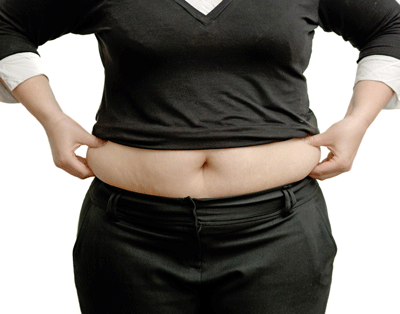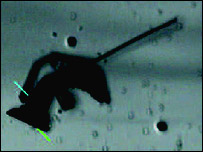Fat Removal Surgery
[media id=81 width=500 height=400]
Obesity is a condition in which the natural energy reserve, stored in the fatty tissue of humans and other mammals, is increased to a point where it is associated with certain health conditions or increased mortality.
Fat Removal Surgery Procedures
Buccal Fat Removal
This is a cosmetic surgery procedure that is designed to remove the fat pads in the lower cheeks as a remedy for what is known as chipmunk cheeks. You are given a choice of preference in anaesthesia as advised by your cosmetic surgeon and can expect the operation to last 1-1.5 hours. Full recovery is usually attainable within three weeks, but it is advised to take plenty of rest for up to two weeks after the operation.
LipoSelection: Ultrasonic-Assisted Liposuction – Vaser
LipoSelection only by Vaser is a revolutionary new body-shaping cosmetic surgery procedure directly targeting only the fat cells you yourself wish to be removed. With this amazing ultrasonic-assisted system, you will be experiencing the most advanced fat removal surgery technology available. It is a gentle process, the procedure carefully dissolving fat in areas of the body including the abdomen, thighs, neck and arms. This can take 1-3 hours under local anaesthetic, entirely dependent on the volume of fat to be removed and from where. Another benefit of this procedure is that recovery is generally much faster than with any other fat removal surgery.
Liposuction
One of the most popular cosmetic surgery procedures of all that are available, Liposuction is a fat removal procedure that aims to eradicate excessive stubborn fat from areas of the body including the chin, chest, back, stomach, and thighs. Depending on the finer details of your chosen Liposuction procedure, each session takes 1-1.5 hours and it is possible you could return home the same day – although some patients either prefer or are advised to remain in the clinic for one or two days after the Liposuction has taken place.
Obesity weight loss surgery
Obesity surgery is a surgical procedure for people who have tried everything to lose weight but have not been able to lose weight or maintain weight loss. In the UK it is estimated that 20% of men and 25% of women are obese and nearly half the population are over their ideal weight.
Abdominoplasty (Tummy Tuck)
This is another very popular cosmetic surgery procedure, focused on the removal of fat and excess skin from around the waist that cannot be eliminated through diet and exercise. The results of Tummy Tuck surgery are often extraordinary, but please keep your expectations realistic, as you should with any cosmetic surgical procedure. It takes just 1-2 hours to perform this procedure and you can expect to stay in the cosmetic surgery clinic for either one or two nights.
Mini Tummy Tuck
The Mini Tummy Tuck cosmetic surgery procedure is similar to the Abdominoplasty, but does not involve repositioning of the navel as in the full Tummy Tuck operation. (Please see the Tummy Tuck page for full details of the surgical procedure). It is identical, though, in that its intention is to remove excess fatty tissue and skin from the stomach and waist. This operation takes 1-2 hours and is likely to need an overnight stay to begin your After Care plan.
Fat Removal environmental health,Fat Removal health department,Fat Removal health insurance,Fat Removal health nutrition,health,Fat Removal public health,Fat Removal health risk assessment,Fat Removal health plans,Fat Removal health dept,Fat Removal health benefits,Fat Removal health education,Fat Removal health promotion,natural health,health policy,department of health,women’s health,health diet,Fat Removal health products,Fat Removal skin health,Fat Removal health supplements,Fat Removal human health,Fat Removal health concerns,Fat Removal insurance health,Fat Removal dental health,Fat Removal health coverage,Fat Removal health center,Fat Removal gov health,Fat Removal health departments,Fat Removal health county,Fat Removal womens health,Fat Removal health effects,health regulations,board of health,nutritional health,clinics health,nutrition and health,nutrients health,current health,google health,total health,health





